
Out on a hike amongst the fully blooming rabbit and sage brush we noticed numerous holes along the trail. Were they Marmot or perhaps Badger. Finally near the end of the hike the question was answered when we spotted this Badger off in the distance.

It was nice to see this Badger out foraging.
Badgers dig after and feed on ground squirrels and pocket gophers, and also eat toads, frogs, birds, snakes, insects and insect grubs, wasps, bees, and worms. They sleep through most of the winter in a den, spending about 29 hours at a time in a state of torpor, rousing briefly, and then sleeping again. In torpor, which is not true hibernation, the Badger’s heartbeat slows to about half the normal rate and its temperature drops.

Even with this great camouflage the Badger is at risk mostly from human activities such as habitat loss as well as hunting and trapping.
Enjoy your winter Mr. badger and we will see you after your Torpor.
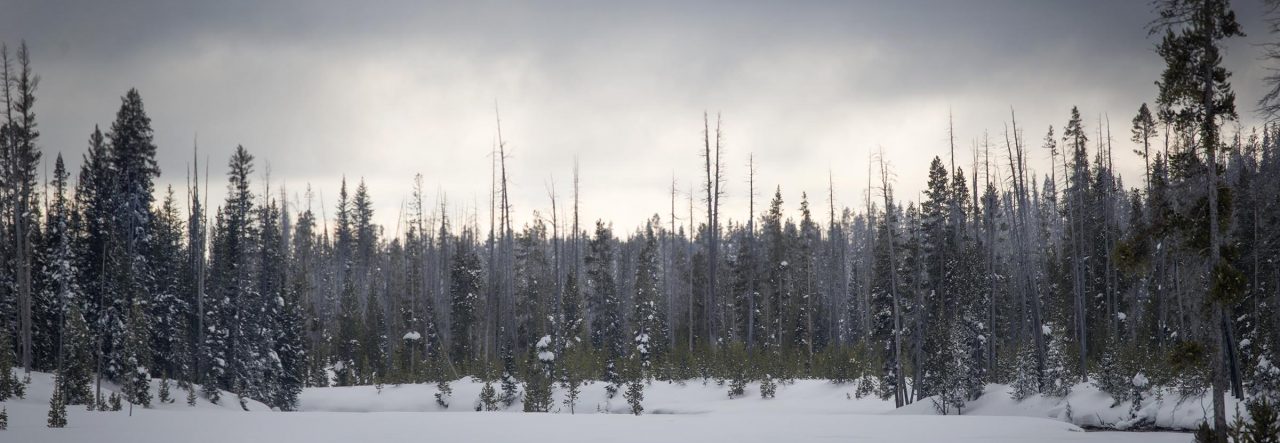

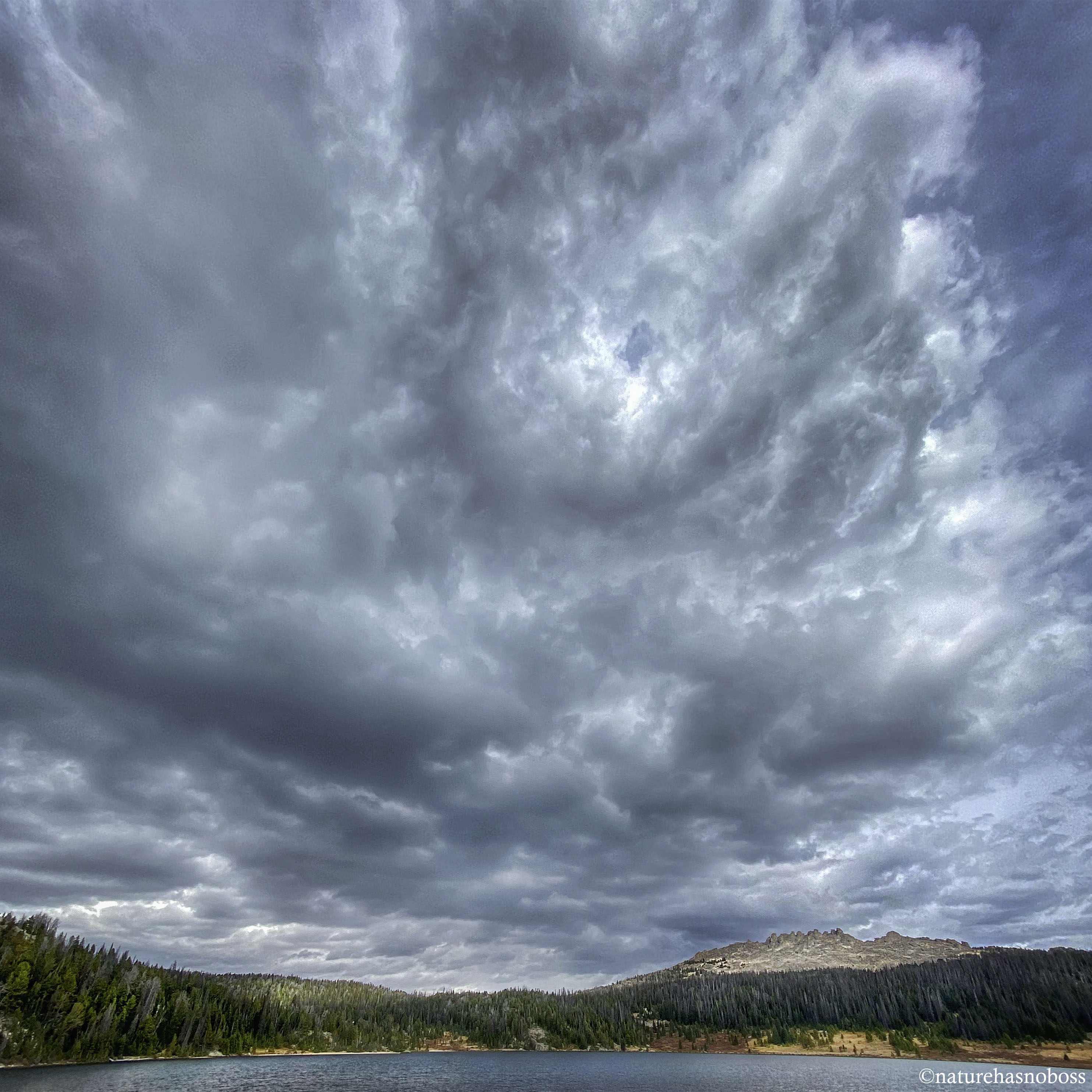


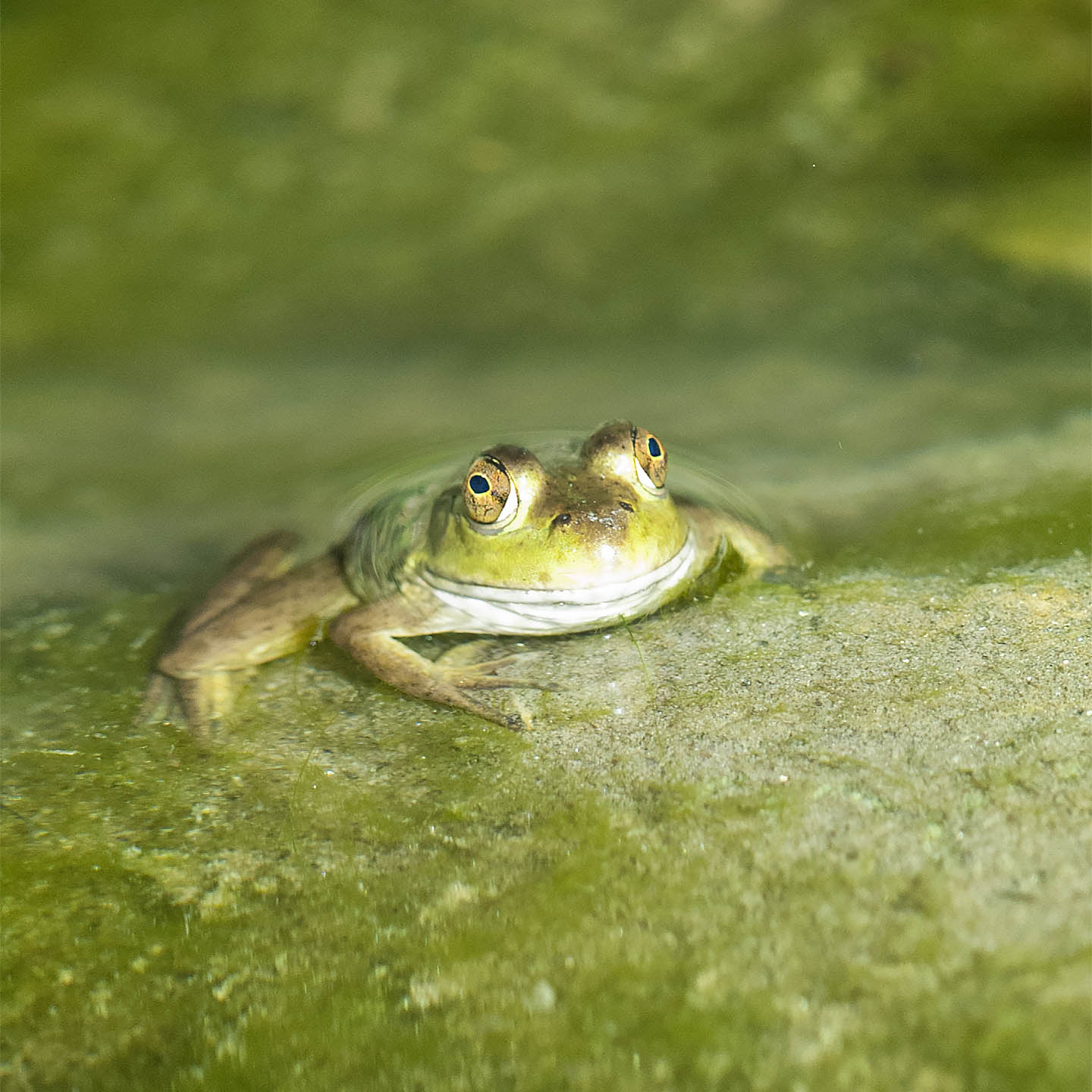
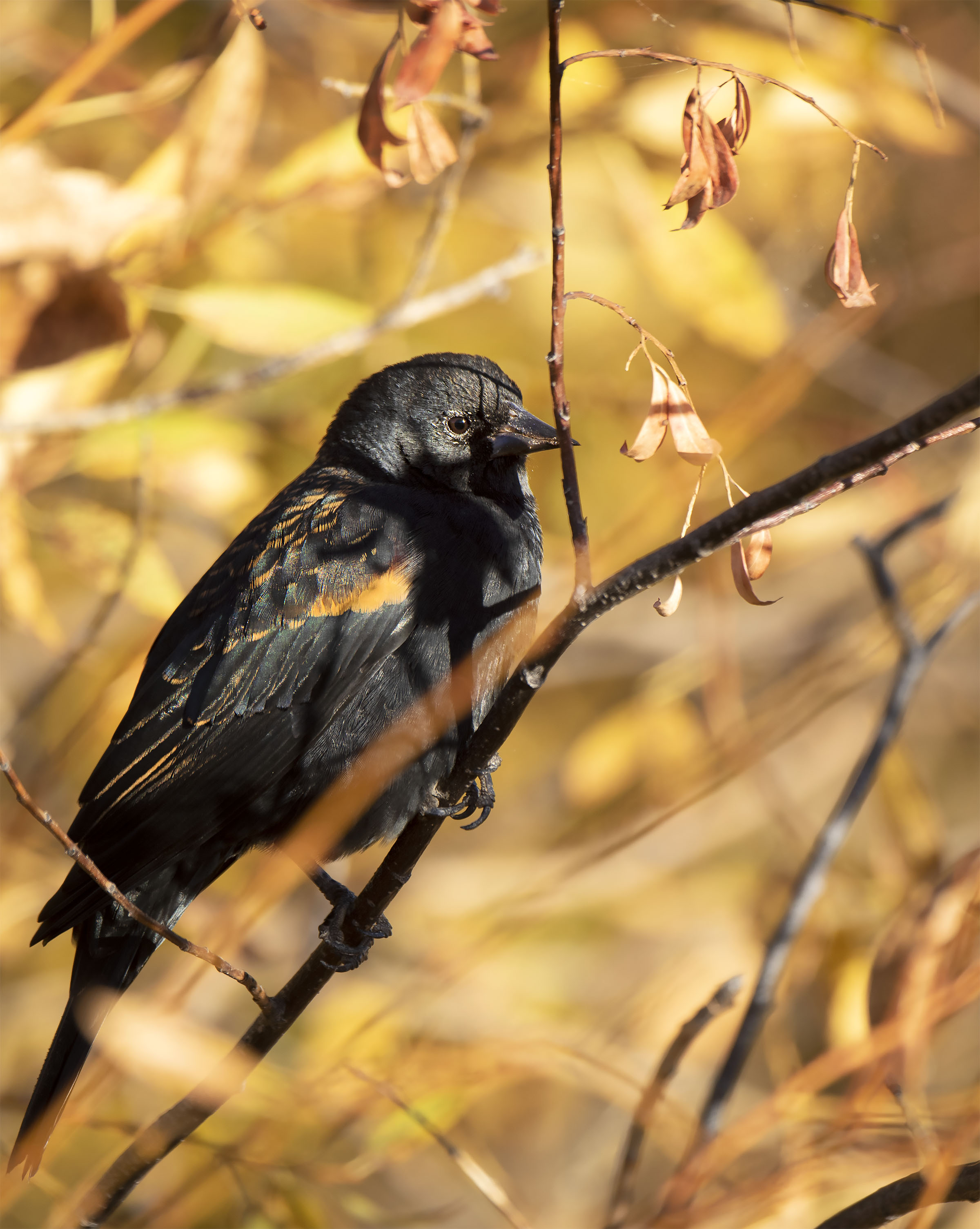


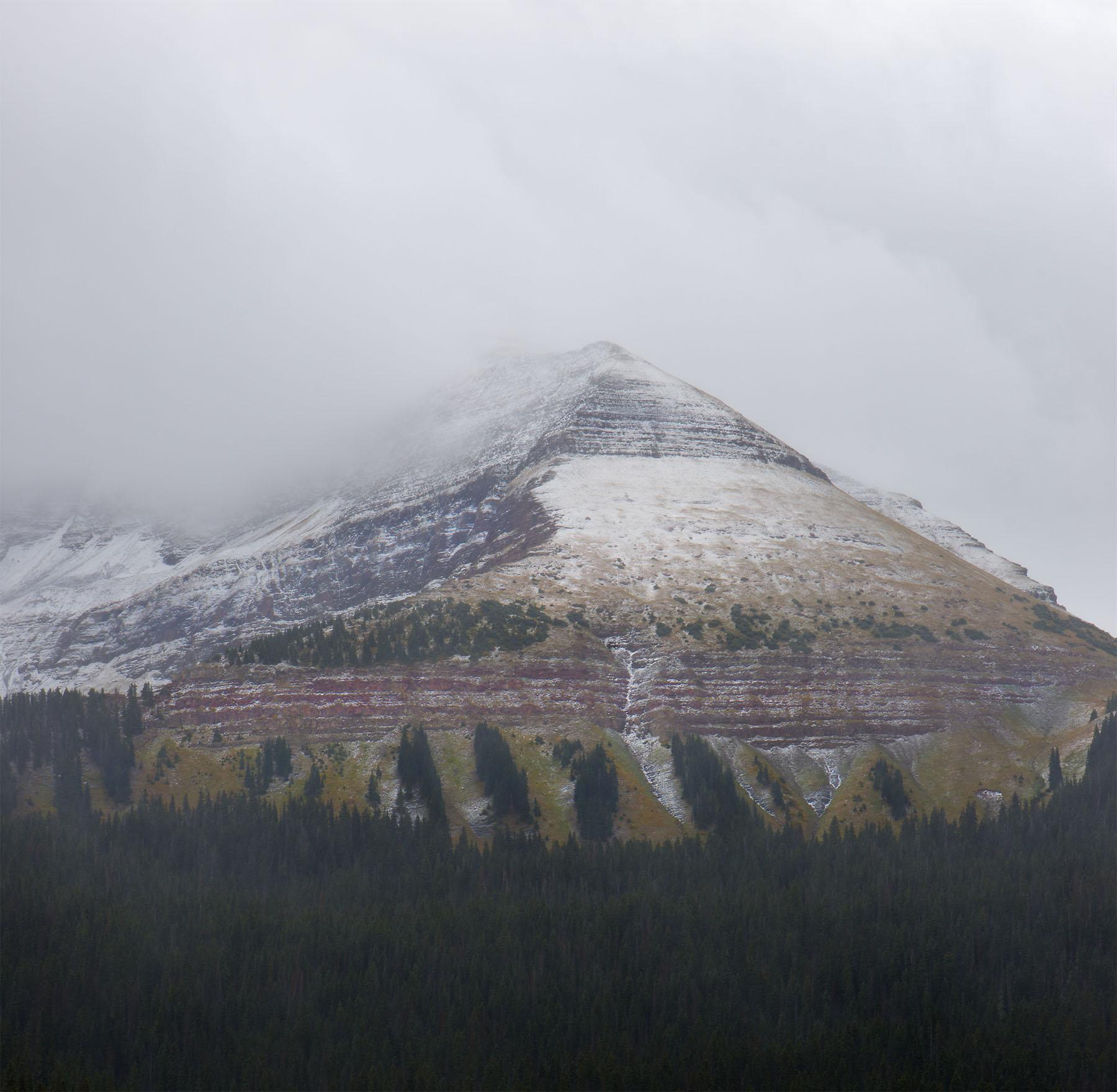
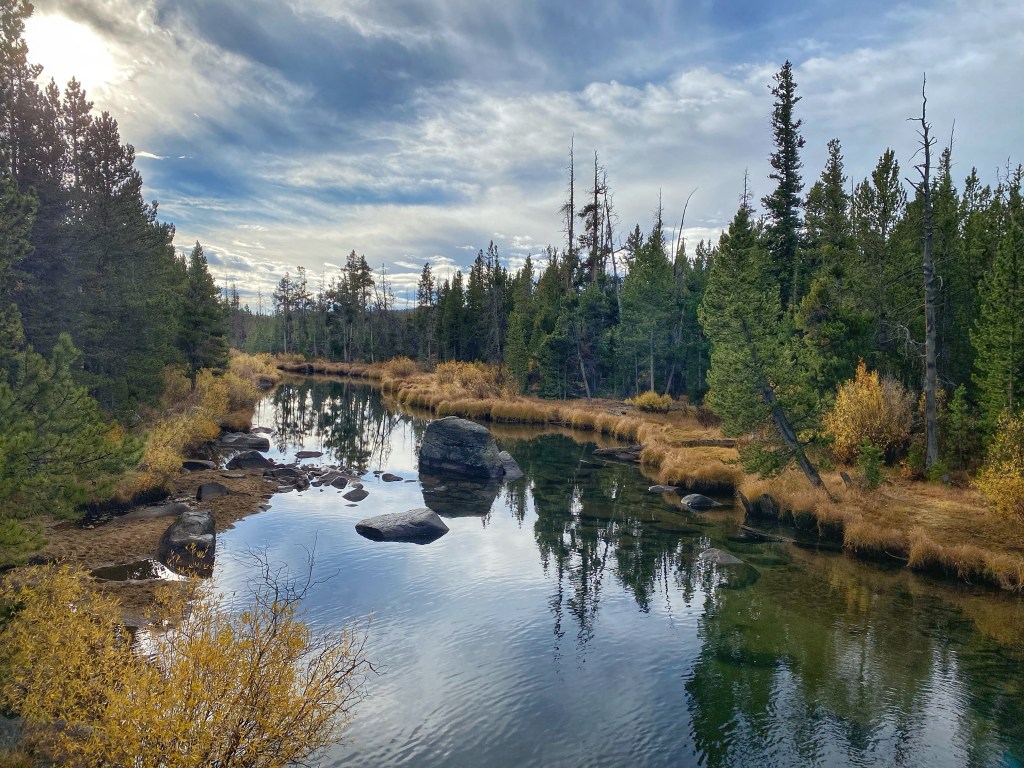
You must be logged in to post a comment.